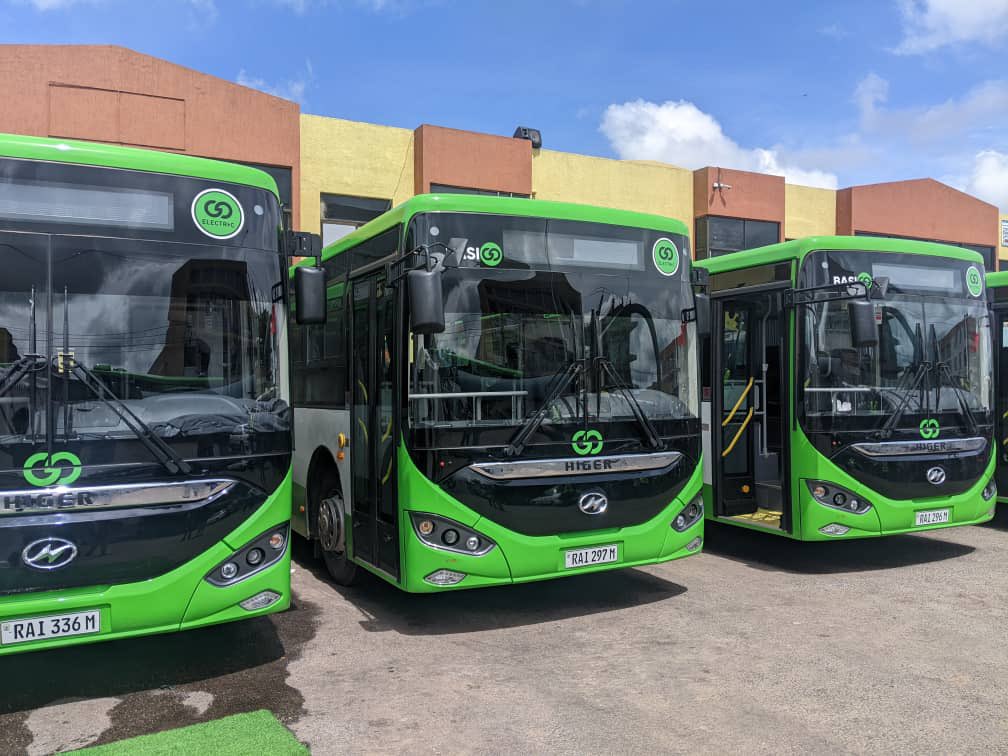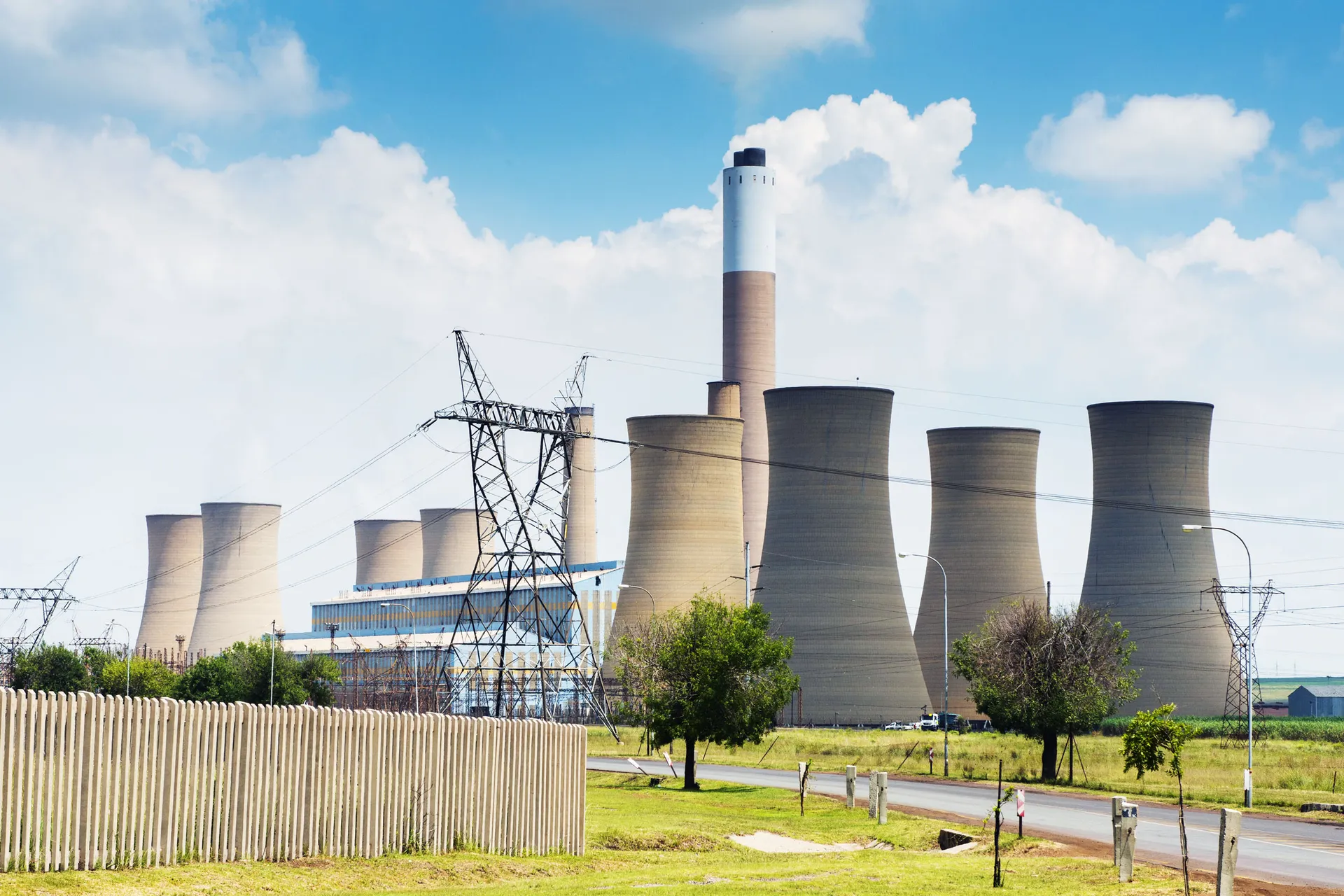Ethiopia Expands Its Combustion-Engine Ban
Ethiopia has expanded its nationwide ban on fuel-powered vehicles to include diesel and gasoline trucks, marking one of the most aggressive transport decarbonization policies in Africa. The government announced the decision during the inauguration of the Ogaden Liquefied Natural Gas (LNG) project in early October 2025.
Prime Minister Abiy Ahmed said importation of all fuel-powered heavy vehicles is now prohibited. The directive extends the earlier restriction that banned private gasoline and diesel cars. The state will instead incentivize investors to import gas-powered or electric trucks, supported by a plan to convert 2,000 buses to gas operation within the year.
Officials claim the shift will help reduce transportation costs by up to 50 percent while cutting Ethiopia’s foreign-currency spending on imported fuels.
What Changed and Why It Matters
Under the new regulation, Ethiopia’s customs authorities will blacklist the importation of trucks powered by diesel and petrol engines. The government aims to phase out dependence on imported fossil fuels in favour of domestic gas and electricity resources.
The announcement marks a significant escalation in Ethiopia’s clean-energy agenda. It is the first time the ban extends beyond private cars to include commercial freight and logistics fleets. The policy has immediate implications for importers, logistics companies, and cross-border traders, as trucks remain the backbone of the nation’s transport sector.
Government’s Justification for the Ban
Officials say the expanded ban aligns with the country’s Climate-Resilient Green Economy Strategy, launched to cut fuel import bills and strengthen local energy independence.
By prioritizing locally produced gas from the Ogaden Basin, Ethiopia hopes to save billions in foreign currency while creating new jobs in vehicle conversion, gas distribution, and local assembly. The government also projects that the LNG-fuelled transport shift will make commuting and freight movement cheaper over time, as gas is domestically available and less volatile in price than imported oil.
The Ogaden LNG Project The Fuel Behind the Policy
The policy announcement coincided with the inauguration of the Ogaden LNG Project, Ethiopia’s first major gas liquefaction and export initiative. The project, located in the Somali Region, is expected to produce over 100 million litters of liquefied natural gas annually in its initial phase.
Officials envision the facility as a cornerstone of Ethiopia’s industrial transformation not only supplying gas for transport but also for fertilizer, refining, and power generation. By aligning the truck import ban with this project, the government is signalling its intent to anchor transport reform on domestic energy production.
Implications for Logistics and Trade
1. Fleet Disruptions
The immediate impact will be felt by logistics operators that rely on diesel-powered trucks for both domestic and international trade. Companies must now either convert their fleets to gas systems, invest in gas-powered trucks, or face operational restrictions. The conversion process may be costly, particularly for smaller transport businesses.
2. Infrastructure Challenges
Gas-powered vehicles require new refuelling infrastructure. Ethiopia’s existing fuel stations are not yet equipped to support LNG or compressed natural gas (CNG) systems on a national scale. For long-distance freight routes such as Addis Ababa–Djibouti, the government and private investors will need to develop a widespread refuelling network to make the transition viable.
3. Transitional Cost Pressure
Although the government projects long-term cost savings, the short-term economic impact could include higher freight costs due to vehicle replacement, conversion expenses, and supply constraints. These transitional costs could ripple through the supply chain, affecting commodity prices.
Continuation of a Broader Policy Shift
Ethiopia’s 2025 truck import ban follows a similar 2024 directive that prohibited the import of private gasoline and diesel cars. That earlier policy triggered a surge in electric vehicle (EV) imports but also exposed key weaknesses: limited charging infrastructure, unreliable electricity supply, and high maintenance costs for imported EVs.
The new ban on trucks aims to diversify the transition by embracing gas-powered vehicles alongside EVs. Gas is viewed as a more practical bridge fuel for heavy transport, which demands greater torque and longer range than most electric trucks can currently provide.
Winners and New Opportunities
1. Local Energy and Equipment Investors
The policy opens new opportunities for domestic companies involved in LNG production, vehicle conversion, spare-parts supply, and gas distribution. Investors can expect incentives such as duty-free importation of gas conversion kits, components, and heavy-duty vehicles that meet the new standards.
2. Mechanics and Assemblers
Vehicle workshops capable of converting diesel engines to gas systems may experience a surge in demand. The government’s support for local assembly also creates room for partnerships between Ethiopian manufacturers and global automakers specializing in alternative-fuel vehicles.
3. Employment and Industrial Growth
Officials argue that the policy could create jobs in refuelling infrastructure, vehicle maintenance, and transport technology training. By shifting demand from imported diesel to local gas, Ethiopia could retain a larger share of energy spending within its borders.
Risks and Uncertainties
Despite its ambitious vision, the policy faces serious challenges.
- Implementation and Enforcement: The government has not yet published detailed enforcement guidelines, leaving traders uncertain about transition timelines and possible exemptions.
- Infrastructure Gaps: Ethiopia lacks sufficient gas refuelling stations, logistics depots, and maintenance facilities for large-scale adoption of gas trucks.
- Supply Constraints: Availability of gas-powered trucks remains limited globally, and Ethiopia will need to establish reliable import channels for compliant models.
- Environmental Debate: While gas burns cleaner than diesel, it remains a fossil fuel. Environmental advocates caution that the country’s focus should still prioritize electrification and renewable energy integration.
Regional Impact The Horn of Africa Logistics Corridor
Ethiopia’s logistics network is tightly integrated with the Djibouti corridor, a critical trade route that handles more than 90 percent of the country’s imports and exports. The new truck import ban could affect cross-border logistics, especially if neighbouring operators continue to rely on diesel trucks.
To avoid bottlenecks, Ethiopia may need to coordinate with Djibouti and Kenya to harmonize fuel standards and refuelling infrastructure. Failure to do so could create regulatory friction at borders and slow down freight movement.
Also read: What Is Holding Back South Africa’s Oil and Gas Sector
What to Watch Next
- Official Guidelines: The Ministry of Transport and Customs Authority are expected to release formal implementation notices clarifying compliance deadlines and penalties.
- Infrastructure Rollout: Progress in building refuelling stations and bus conversion facilities will determine the policy’s short-term success.
- Private-Sector Involvement: New investment in gas-vehicle assembly, fleet financing, and energy distribution will be key indicators of market readiness.
- Price Stability: Monitoring transport tariffs and fuel prices will show whether the policy’s promise of cheaper transport materializes.















